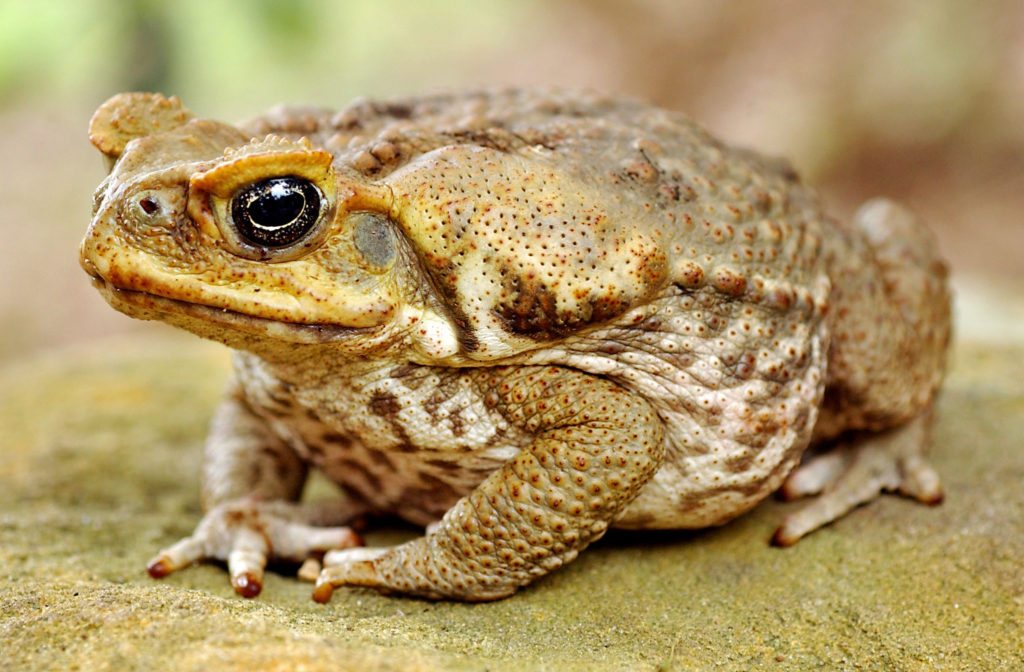As cold-blooded animals, common toads need to spend the British winter somewhere frost-free and not too wet, often under a stone, log or loose tree bark. Here they fall into a torpor, sometimes in groups. “I once found a cluster squeezed under a paving slab on a patio,” says John Wilkinson of Amphibian and Reptile Conservation. “The urge to migrate in toads is innate and genetically controlled, but it is environmental cues that fire the starting gun,” explains John.

“Lengthening days and rising temperatures of air and soil are what make them stir in spring. A famous study found that the temperature has to be above 6°C for 40 consecutive days.” Toads migrate at night, but don’t start moving en masse until early-evening temperatures reach 7~8°C – especially if it’s drizzly. “In a cold, dry spring many toads will hold off,” says John. “They may wait as late as April – or even early May in northern areas – before moving to their breeding ponds. Then the floodgates open and you get
a surge, which can be spectacular. Males usually migrate first, with some heading straight to the pond, while others wait around the edge for females to turn up.” Very mild winters can have a severe impact on overwintering toads: “They don’t shut down properly and keep waking, so don’t conserve energy. As a result females tend to be less fecund in spring, and their spawn is less productive. The chances are that this problem affects other coldblooded species too.”















1 thought on “Why Do Toads Migrate Too In Spring?”
Frogs are so important in our ecosystem!